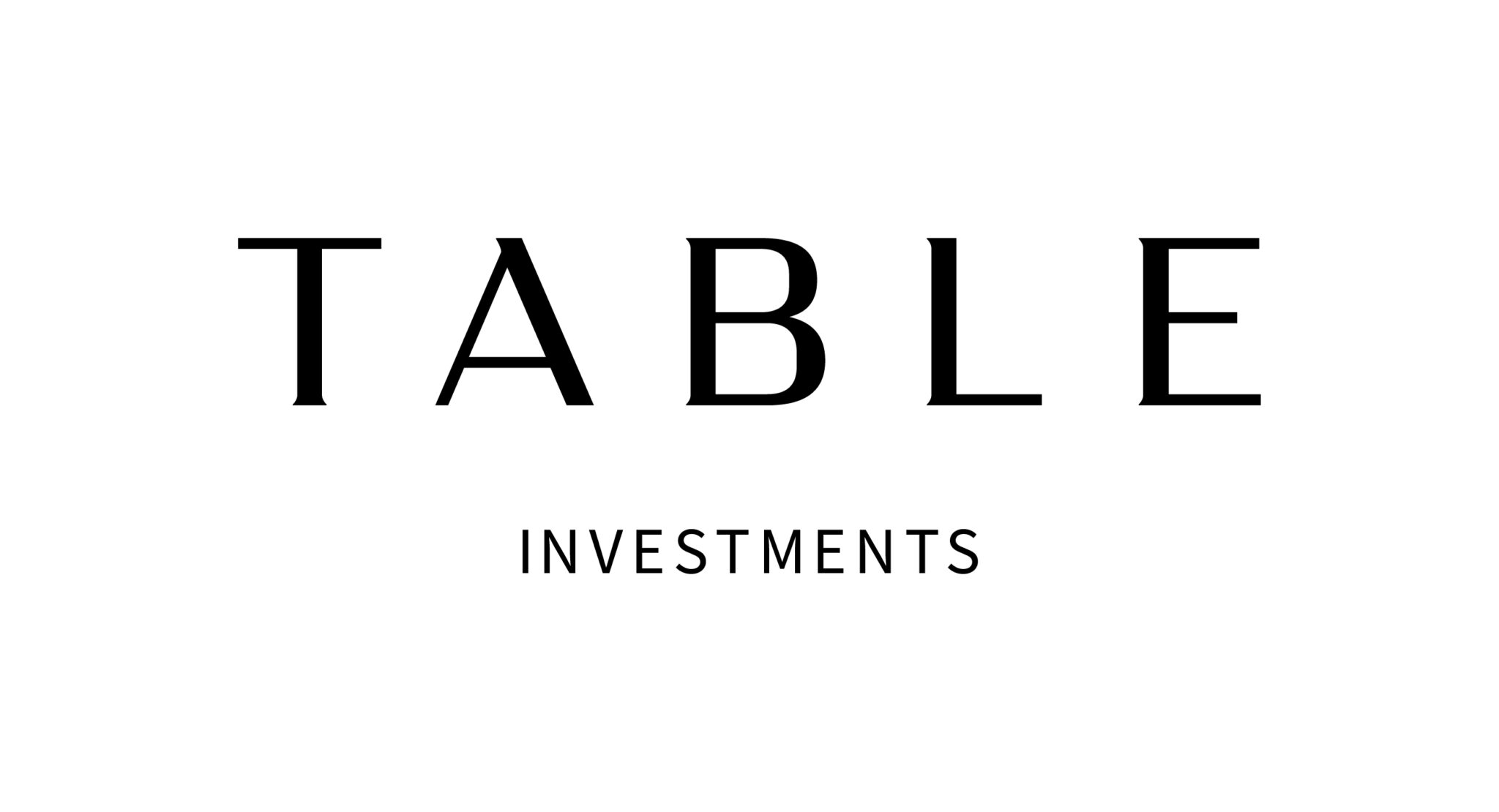Fill. Collect. Maintain.
Can property management be that simple?
Recently I was getting dinner with some friends who work in property management. Samara works for an apartment in OKC that is currently being repositioned. She was telling me about how her boss cares about “the three kings of property management… filling, collecting, and maintaining.”
We were talking about how on paper it is so simple. Fill vacancies, collect rent, maintain the property. That’s it.
If it really is that simple, why do so many investors struggle with management?
Reason 1: investors don’t have a system in place
Reason 2: investors believe doing these things quickly matters more than doing them well
This is part I of our series on how to do the three kings of real estate… and do them well.
Fill a Quality Property
Most tenants have bad experiences with landlords. They deal with constant repairs, unresponsive landlords, and frequent interruptions from contractors. When they look at properties they are vetting more than how cute it is and how cheap the rent is.
I’ll share more thoughts about maintaining the property in a couple weeks, but for now, just know quality of the property matters if you want to fill your vacancy with a great tenant.
Fill a Quality Applicant
Screening/Background Check
- run a background check through a legitimate company
- perform a manual check on OSCN
- to remain compliant with fair housing laws, use the same criteria to vet each applicant
- review criminal history
- review credit history
- review debt to income ratio
Landlord Verification
This is arguably the most important (and most frequently skipped) step. Landlords will tell you all you need to know. Here are the questions we ask:
- Can you confirm move in and move out date?
- Did the tenant pay rent on time?
- Were any complaints filed against the tenant?
- Did the tenant incur any costs for damages?
- Were you able to return the deposit in full?
- Would you lease to this tenant again?
- Anything else you’d like to share?
Income Verification
Income isn’t just a paycheck from an employer. It can be child support, alimony, salaries, commissions, tips, social security, etc. It can be overwhelming if you’re not used to looking at different income types. When looking at income, ask yourself:
- is the income stable (I.E. is it likely the tenant continue to receive the income?)
- does the tenant receive the income on a consistent/predictable schedule?
- does the tenant have enough income to afford this home?
Fill With Clear Expectations
During the Showing
I think most investors would be surprised how frequently tenants want to cancel a lease soon after moving in (usually over a simple misunderstanding). Be honest about the condition of the property. Are you doing additional repairs? If so, be realistic about how long it will take to get those done.
Lease Signing
Review the lease with the tenant. Go over the clauses so the tenant knows that they are agreeing to.
At Move In
Provide the tenant resources and clear next steps. Our team provides this information in the tenant’s portal and/or on the cover page of the lease.
- utility information
- maintenance request information
- office contact information (hours, phone numbers, etc)
- move in date and/or key pick up date
- payment information (deposits, fees, rent, etc,)
- move in and move out form + clarity around how they get their deposit back

